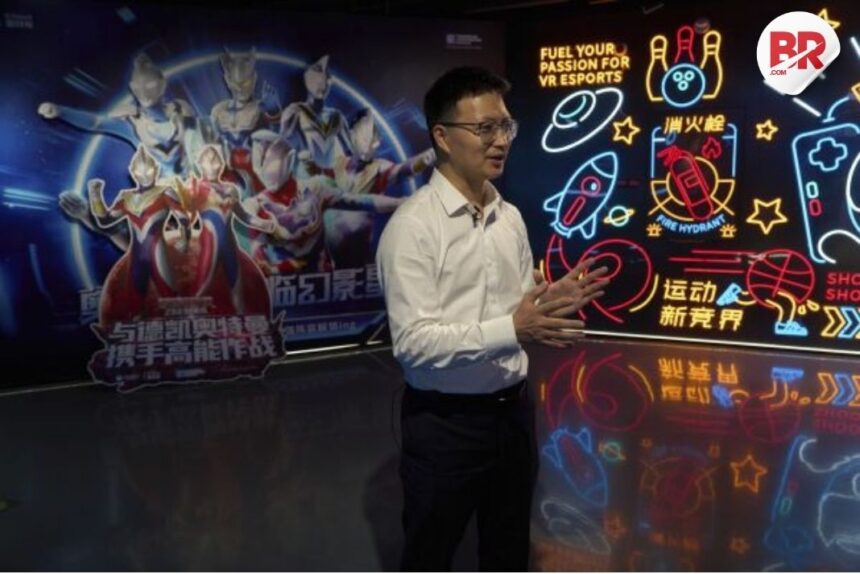In the southern Chinese city of Dongguan, Danny Lau’s factory produces large sheets of aluminum. Workers coat them with oil to prepare them for sale. Lau, a businessman from Hong Kong, started this factory in the 1990s to take advantage of lower manufacturing costs in China. Despite facing tough times in the past, Lau said that the ongoing trade war has been the hardest challenge yet.
Lau’s factory has been affected by tariffs (taxes on imports) since U.S. President Donald Trump’s first term. In the beginning, the U.S. imposed a 25% tariff on Lau’s products. But this year, the tariffs went up, with the U.S. raising its tariffs to 145%, while China responded by increasing its tariffs to 125%. This has resulted in a 75% tariff for Lau’s products.
Read More: China’s Rare Earth Export Limits Spark Rush for America’s Only Rare Earth Mine Amid Trump’s Tariffs
Around a third of Lau’s clients are from the U.S. Some of them have said they will keep buying from him for now, but might look for other suppliers in the future because of the high tariffs. Lau’s prospects are looking uncertain. In response to these challenges, Lau’s company has started to look for new markets, especially in the Middle East, since late 2024. While other Chinese exporters began diversifying their markets earlier, Lau found it difficult to replace the U.S. market.
“The U.S. market is important because it has the money to pay for products and they demand high quality and on-time delivery,” Lau said. “It’s hard to replace that.”
Also See: ‘Warning Signs Are Flashing’: Trump Tariffs Threaten Inflation, Says Powell
One company, Zhuoyuan VR Tech, which makes virtual reality equipment and games, has been more successful in finding new customers in Southeast Asia, Latin America, and the Middle East. Zou Huajian, who handles exports for Zhuoyuan, said that the living standards and consumer habits in these regions are similar to China’s. After the COVID-19 pandemic, the U.S. became a much smaller market for them, now making up less than 10% of their business. Instead, they have focused on developing countries, especially in Asia, with India being one of their biggest markets.




